1912 Rotary Rod Weeder / Cheney Weeder Co.
Introduction
Text-to-speech Audio
Images
The Rotary Rod Weeder Manufacturing Company
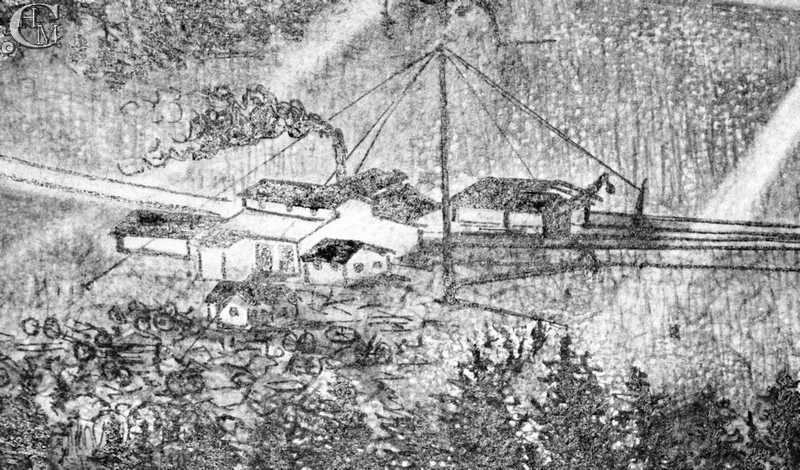
The weeder pulled a self-cleaning rotating bar under the soil surface to pull out weeds by the roots while leaving the foliage on the surface to hold the soil. This kind of tilling is common today.

Students from the Cheney Normal school on tour in the factory.
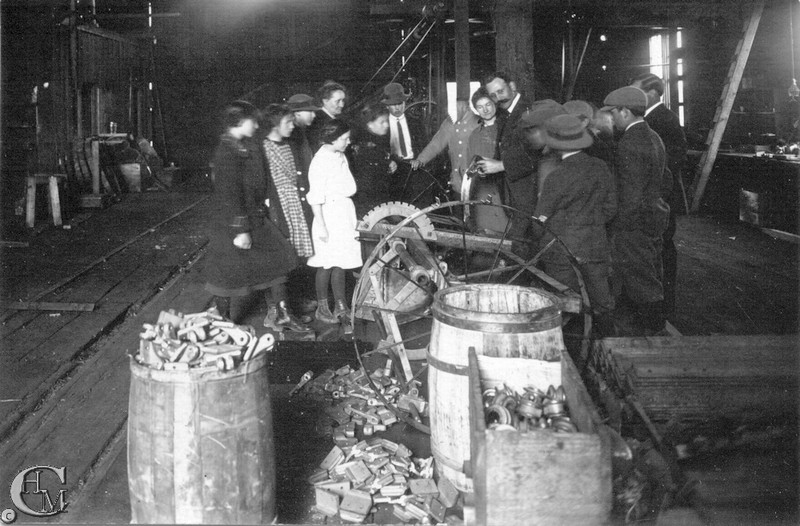
The rotary rod weeder being pulled by a team of horses.
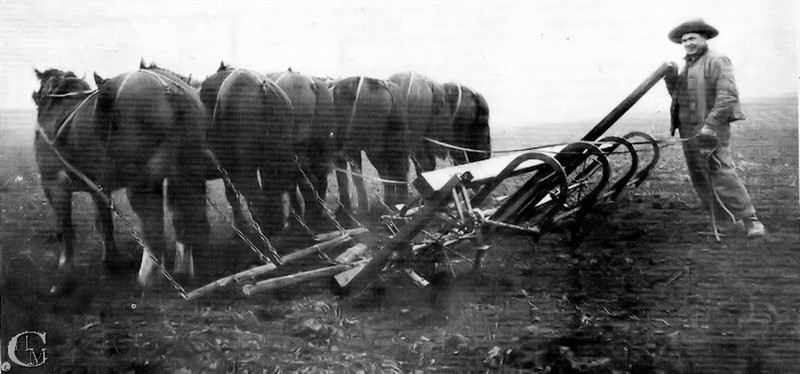
The weeders were sold throughout the region and the United States.
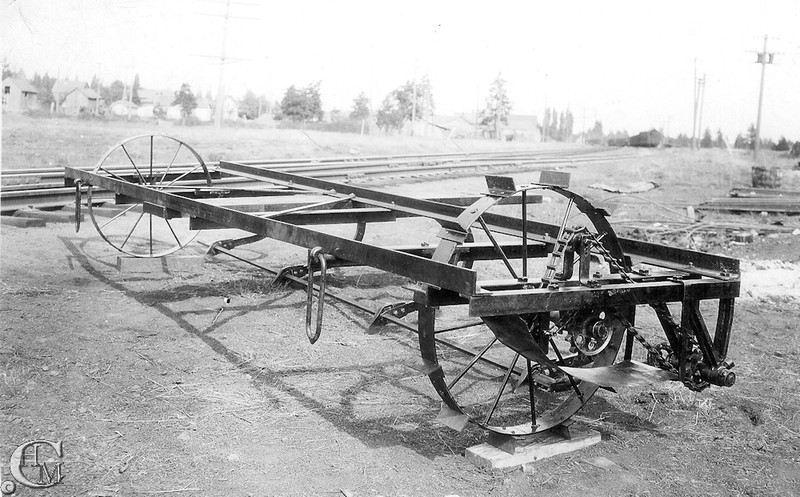
Garnett Wolfe who worked as a Blacksmith at the factory.
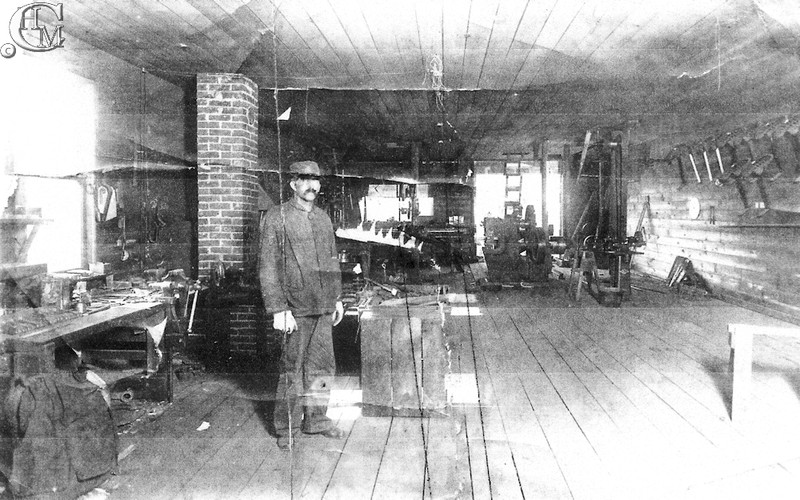
Backstory and Context
Text-to-speech Audio
Invented by brothers Henry Kyle and Grover Cleveland Wolfe, the Rotary Rod Weeder was patented in 1911.
In 1912, the Rotary Rod Weeder and Manufacturing Company incorporated with older brother Garnett H. Wolfe, President; Henry Kyle Wolfe, Vice President; J.S. Hull, Secretary; and Grover Cleveland Wolfe, General Manager. Soon after the company formed, Cleve left to pursue other interests and Louis Van Patten was hired as manager.
The weeder was pulled by horse or tractor through fields with a revolving rod that ran under the soil surface uprooting weeds and leaving the debris on the surface to hold the topsoil and add nutrients.
Disaster struck on the night of August 8, 1926 when the factory was destroyed by fire. Located south of the Northern Pacific Railroad tracks where today the Cheney-Plaza road enters town, the company was badly damaged and a number of weeders awaiting shipment were destroyed. With a backlog of orders, workers were back manufacturing weeders within a few days using salvaged machinery. Soon after the company moved to a new location on the Cheney-Spangle Road with a new name, where their story continued.
Sources
Cheney Free Press.
